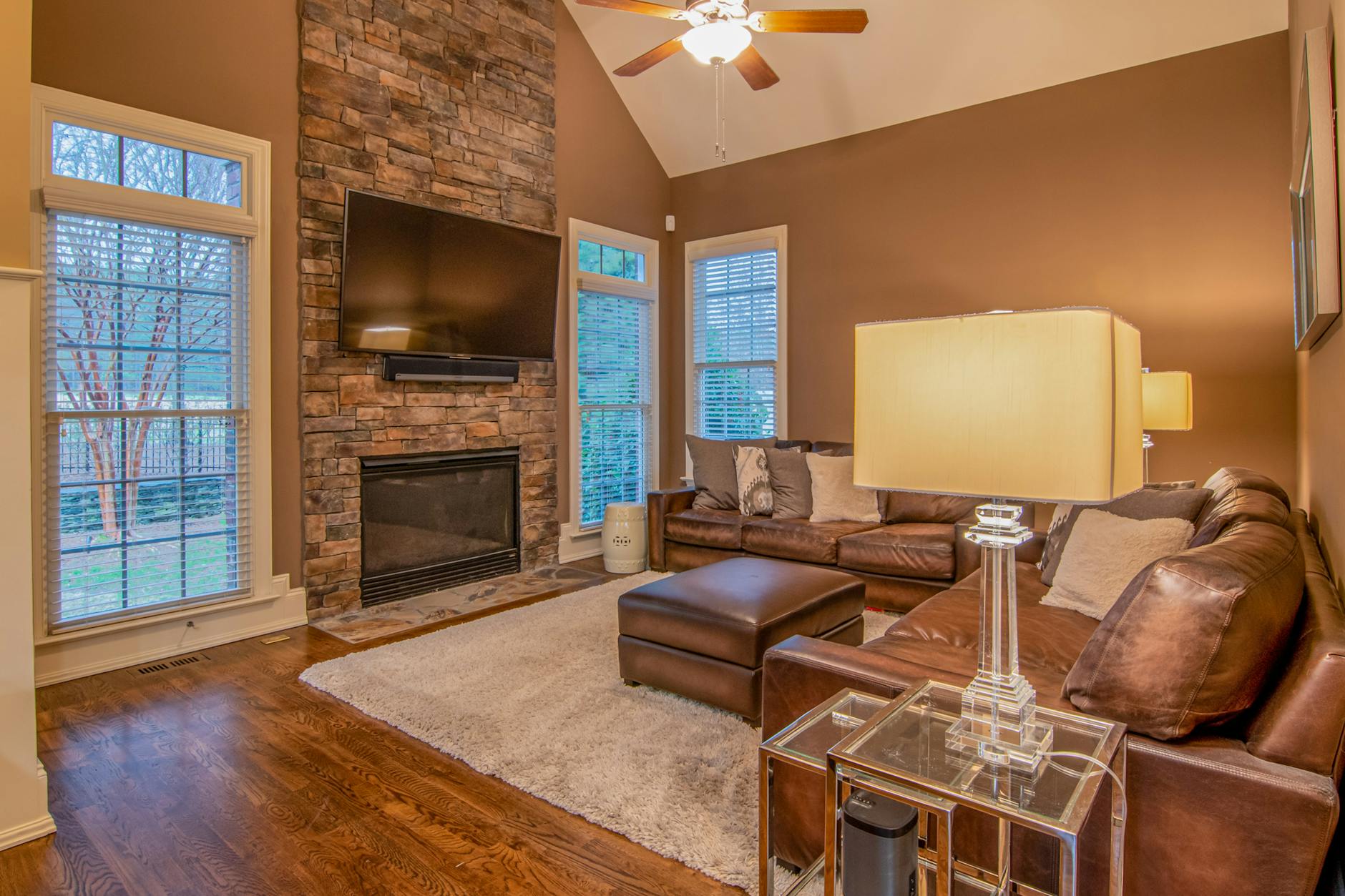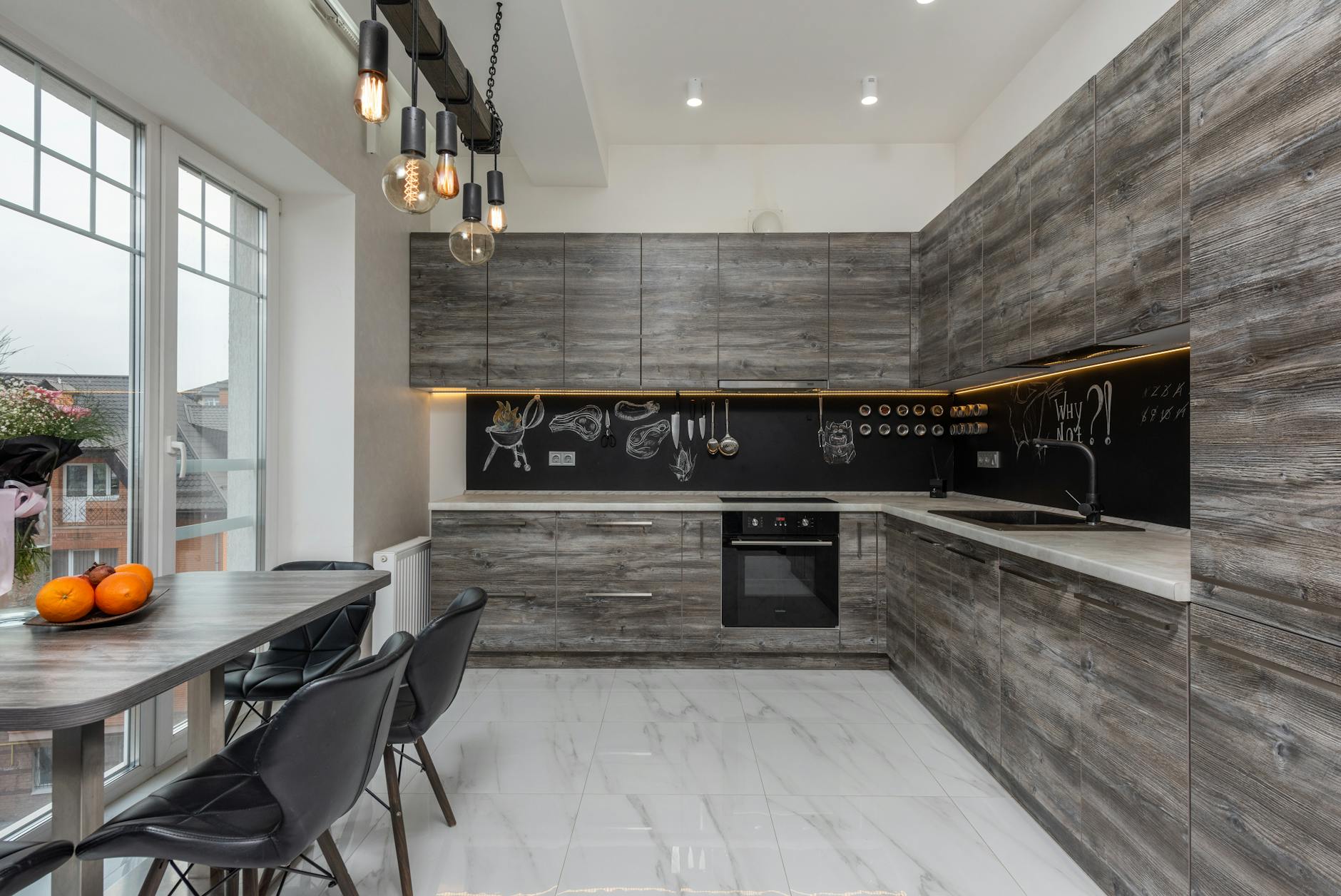Creating a warm and inviting atmosphere in your home relies heavily on well-executed lighting. It’s more than just flicking on a switch; it’s about layering different light sources to achieve the perfect ambiance for every mood and activity. And while overhead lighting plays a part, floor lamps are often the unsung heroes of a beautifully lit space.
Understanding the Importance of Layered Lighting
Layered lighting isn’t just a design trend; it’s a functional approach to illumination. By combining ambient, task, and accent lighting, you create depth and visual interest, avoiding harsh shadows and flat lighting. Think of it like composing a musical piece – each light source adds its own unique note to the overall harmony. 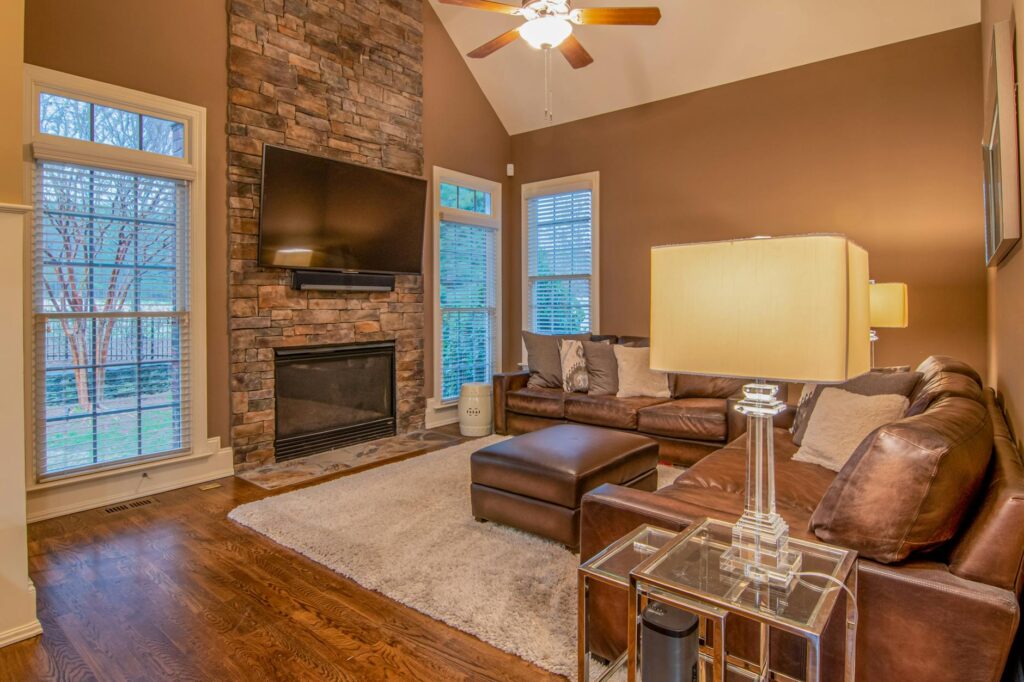
Ambient Lighting: Setting the Stage
Ambient lighting provides the overall illumination for a room. This is your base layer, often achieved with overhead fixtures or recessed lighting. However, you can also incorporate soft ambient light with strategically placed floor lamps that cast a wider, gentler glow. This helps to create a relaxing and welcoming atmosphere.
Task Lighting: Focusing the Light
Next, consider task lighting. This is the focused light you need for specific activities, such as reading, cooking, or working at a desk. While desk lamps are common, floor lamps can also serve this purpose, especially if you need flexible illumination. Look for floor lamps with adjustable arms or shades to direct light exactly where you need it.
Accent Lighting: Highlighting Features
Accent lighting is all about highlighting architectural details or decorative elements. A strategically placed floor lamp can beautifully illuminate a piece of artwork, a textured wall, or a cozy reading nook. This adds depth and character to your space, drawing the eye to focal points. 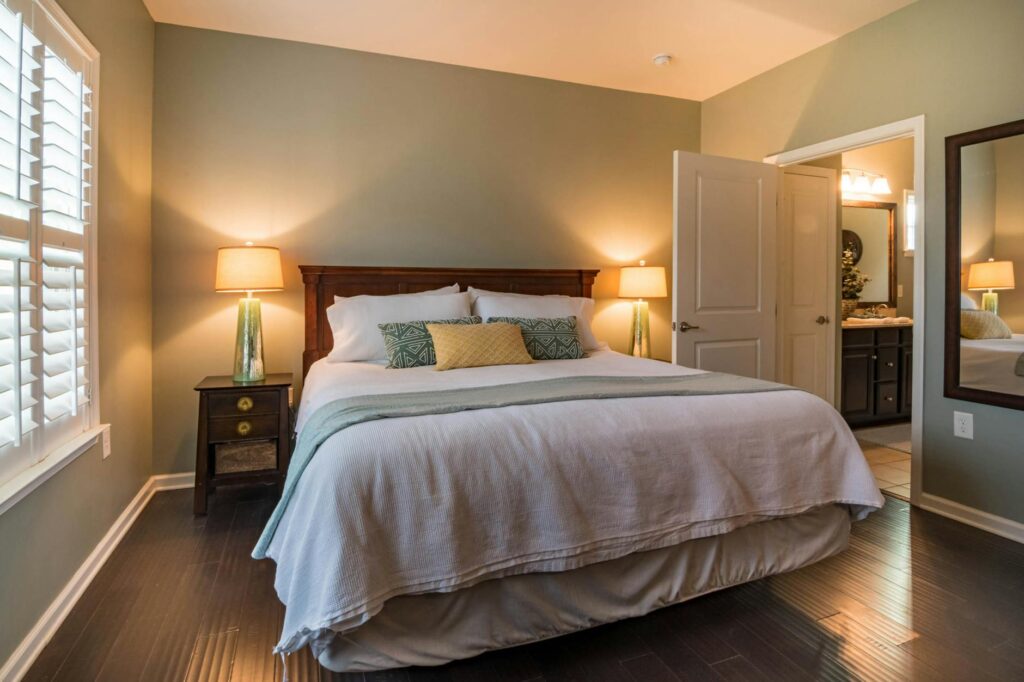
Floor Lamps: The Versatile Light Source
Floor lamps are incredibly versatile. Their height allows them to fill a space with light without being intrusive, unlike table lamps which can take up valuable surface area. Plus, their mobility means you can easily adjust their position to suit your needs. Consider investing in high-quality floor lamps that suit your style and needs.
Choosing the Right Floor Lamps
When selecting floor lamps, consider factors like the size of the room, the style of your décor, and the type of light you need. For larger rooms, taller floor lamps might be necessary. For smaller spaces, a more compact design could work better. Experiment with different styles and finishes to find the perfect fit for your home. Learn more about lamp styles.
Mixing and Matching Light Sources
The beauty of layered lighting is in the mix. Don’t be afraid to combine different types of light sources to create a unique and personalized ambiance. A combination of overhead lighting, table lamps, and floor lamps can create a perfectly balanced and inviting atmosphere. 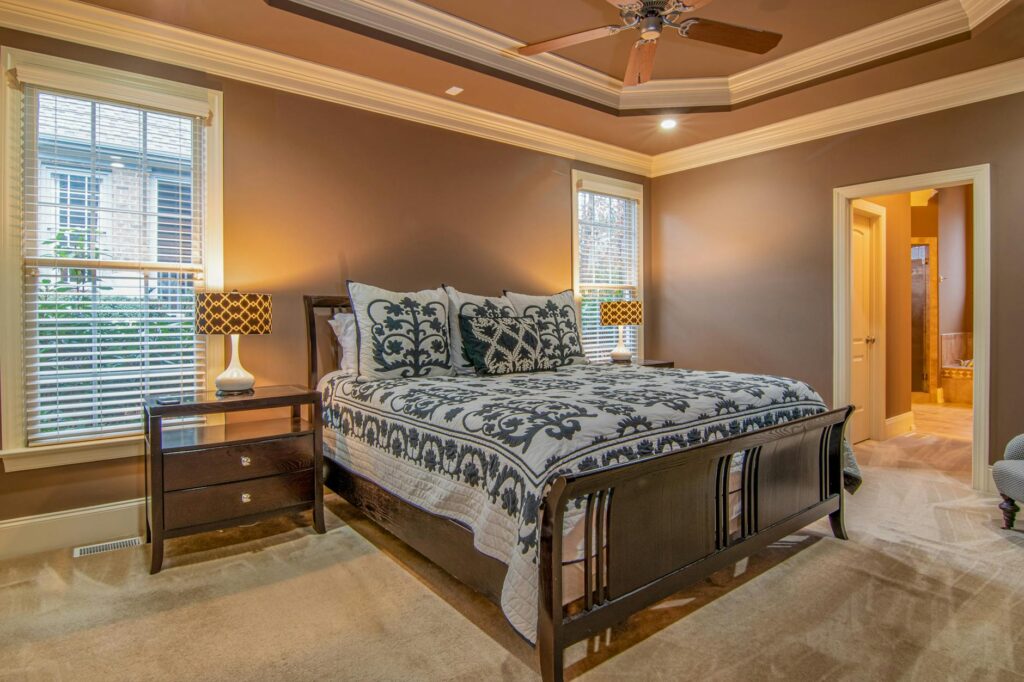 You can even use smart bulbs to control the brightness and color temperature for even more customization.
You can even use smart bulbs to control the brightness and color temperature for even more customization.
Conclusion
Mastering the art of layered lighting is an investment in the comfort and aesthetic appeal of your home. By understanding the roles of ambient, task, and accent lighting and incorporating versatile floor lamps, you can transform your living spaces into warm and inviting havens. Remember to consider the size, style, and light output of your chosen fixtures to create a balanced and harmonious design. Check out our lighting design tips.
Frequently Asked Questions
What is the best type of bulb to use in a floor lamp? The best bulb type depends on your needs. LED bulbs are energy-efficient and long-lasting, while incandescent bulbs provide a warmer, more traditional glow. Consider the color temperature (Kelvin) to achieve your desired ambiance.
How many floor lamps do I need per room? The number of floor lamps needed depends on the size of the room and your desired lighting levels. A good rule of thumb is to have at least one floor lamp per seating area. You could also use this lighting calculator to get a better idea.
Can I use floor lamps in smaller rooms? Yes! Choose smaller, more compact floor lamps to avoid overwhelming the space. Consider using lighter colors and materials to help the lamp blend into the room seamlessly.
How do I choose the right height for a floor lamp? The height should be appropriate for the furniture and the task the lamp is designed for. For reading, you want the light to be directed downwards at a comfortable angle. For ambient lighting, a taller lamp can spread the light more effectively.

